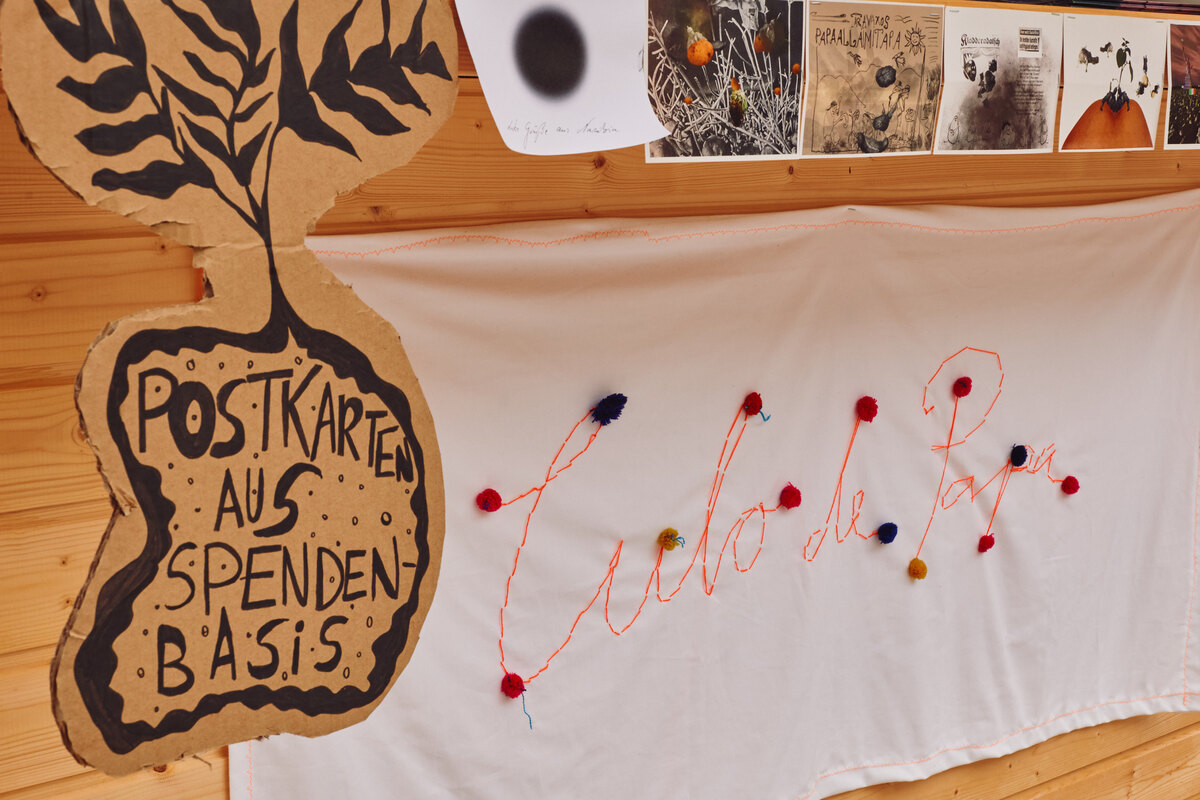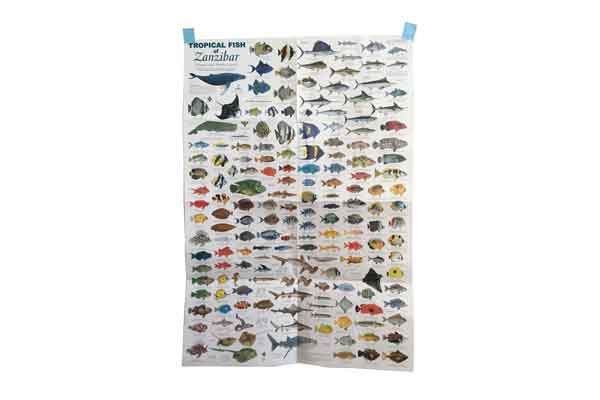
The potato as food embodies not only a wide range of symbols and rituals, but also functions as a traditional food of an entire culture. Jordan called this work Disembodiment to express the complex feeling of not belonging to a certain culture. Also the potato is not native to Germany.


The potato is a nightshade plant and comes originally from the Incas. The Spanish Conquistadores introduced the potato to Europe in the second half of the 16th century. In Prussia King Friedrich II formally flogged his compatriots to accept it as staple food, as there, they stubbornly refused recognizing the potato. The potato was slow to be adopted by distrustful European farmers, but soon enough it became an important food staple and field crop that played a major role in the European 19th century population boom. However, due to its lack of genetic diversity, and the very limited number of varieties of species initially introduced, the crop was vulnerable to disease. In 1845, a plant disease known as late blight spread rapidly through the poorer communities of western Ireland, resulting in the crop failures that led to the Great Irish Famine. Half of the Irish population got reduced; a million died of famine and up to two million immigrated to the USA.

The work explores the metabolic process of how the potato plant was embodied and disembodied throughout history and played a major role in important demographic and ecological imperial exchange waves, also called the Columbian Exchange which was the widespread transfer of plants, animals, culture, human populations, technology, diseases, and ideas between the Americas, Europe, and West Africa in the 15th and 16th centuries.






